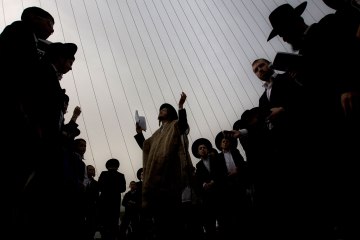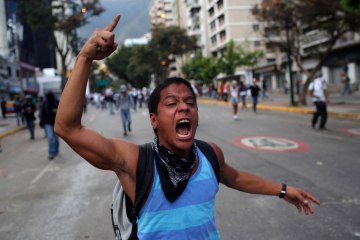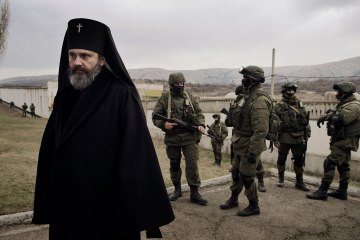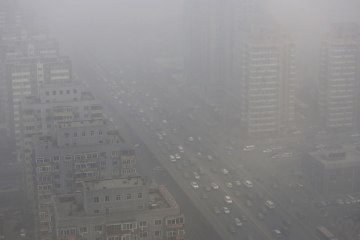In March 2011, Arab Spring–inspired protests kicked off in the impoverished Syrian agricultural town of Dara‘a. The mini-uprising, defined by its peaceful character, met a brutal response, one that few observers at the time could have anticipated would blow up into a far wider rebellion against President Bashar Assad and the entrenched, decades-long rule of his family. With Syrian authorities clamping down on journalistic access and freedoms, we saw glimpses of the unrest there for months only through grainy YouTube footage—images as uncertain and hard to corroborate as the events on the ground.
But roughly two years of violence has witnessed an all-out civil war, one that has perhaps irredeemably fissured the country along sectarian lines. The estimated death toll, according to the United Nations, is more than 70,000, though others claim it has surpassed 100,000. More than a million have been made refugees. Forces loyal to the Assad regime continue their onslaught on opposition strongholds, making ancient medieval cities like Homs, Hama and Aleppo front-page news. The rebels, a patchwork of defectors, militias and extremist groups, have wrested control of large swathes of territory.
Journalists have stolen across the border with the aid of rebel groups to document the shelling of civilians and the bloody unraveling of the Assad status quo. Some have paid the price for access with their lives. Diplomatic efforts at the U.N. to curb the killings have stalled amid a mess of geopolitics. Former U.N. Secretary-General Kofi Annan attempted to make peace in early 2012, but was met with resistance by an unwilling Assad government and a deadlock in the Security Council. Annan resigned on Aug. 2, 2012, and was replaced by Lakhdar Brahimi whose attempt at a ceasefire during the Eid al-Adha failed quickly. A group of 130 international representatives known as the Friends of Syria formally recognized the National Coalition for Syrian Revolutionary and Opposition Forces as “the legitimate representative of the Syrian people,” and warned the Assad regime against the use of chemical weapons. Meanwhile, while aid flows in from Gulf states, the rebels clamor for tactical and military support from the West that has yet to come—a consequence, in part, of fears in Western capitals that the anti-Assad forces are too extremist for their liking. The war’s chaos has spread throughout Syria and neighboring Jordan, Turkey, Iraq and Lebanon with no clear end in sight. —Ishaan Tharoor and Tanner Curtis






